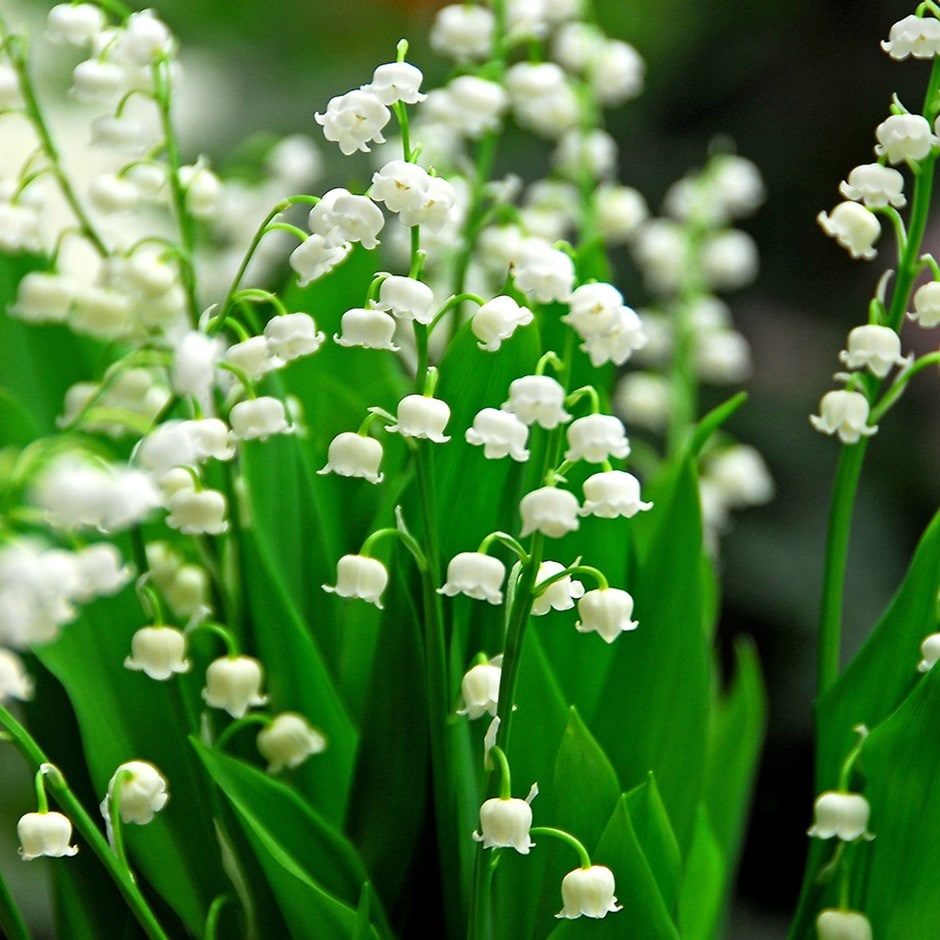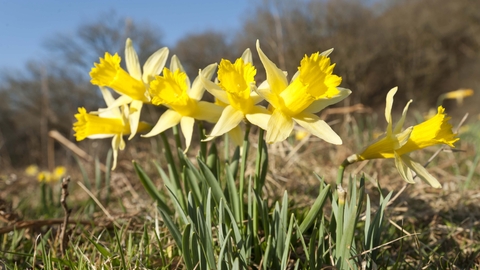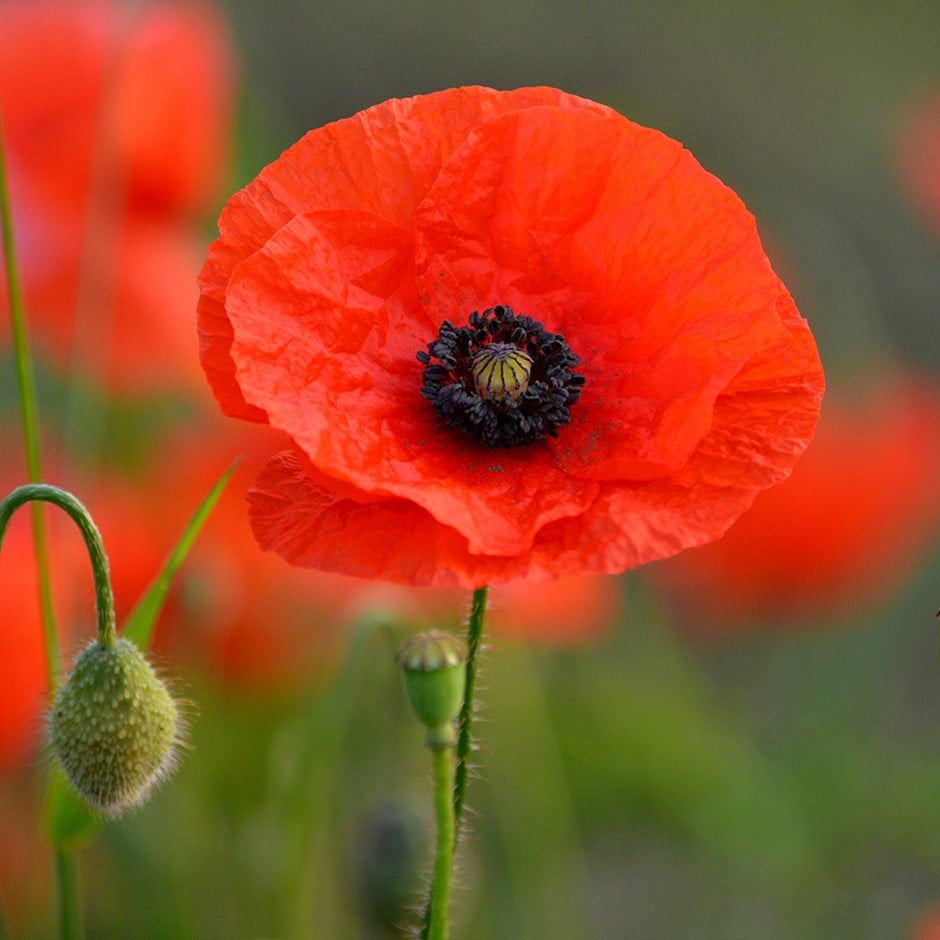Ox-eye daisy
Ox-eye daisies have tall stems, with flowers June-August. Happy on most garden soils in sun. Can be invasive.
Ragged robin
Ragged robin, Lychnis flos-cuculi, are striking wildflowers that play an important part in damp, wetland meadows. They’re a valuable nectar source for pollinators.
Corn cockle
Corn cockles (Agrostemma githago) are one-time cornfield annuals, with deep-pink flowers from June to August. Will grow happily in any reasonable soil in sun. Try the cultivar ‘Alba’ for white flowers.
Corn marigold
The corn marigold (Glebionis segetum) is an annual that thrives on newly cultivated soil in full sun. The yellow flowers look especially pretty when scattered amongst other wildflowers like cornflowers and ox-eye daisies.
Bellflower
Campanula glomerata and Campanula trachelium will flower much of the summer if grown in moisture-retentive soil. C. trachelium likes partial shade, while C. glomerata prefers a more open situation.
Betony
Betony (Stachys officinalis) is a beautiful long-lived perennial, with purple flowers that are popular with butterflies and bees.
Hemp agrimony
A tall, marvellous native perennial, hemp agrimony (Eupatorium cannabinum) enjoys growing in damp, semi-shaded habitats, including woodlands, hedgerows, rivers and ponds. A great plant for butterflies.
Convallaria majalis
Its dainty, super-scented spring bells are held against bold green foliage which darkens over the season. Can be unpredictable in gardens, but can thrive in dry shade. Pink, double and variegated forms are known. Native mostly in England, usually on rather poor soil, and especially in ash woods, and sometimes found in unexpected places such as limestone pavements. 23cm (9in).
Primula vulgaris
One of Britain’s favourite flowers, the pale yellow spring blooms are set against clumps of puckered green foliage. They sometimes open as early as December in the mildest areas. Many named forms and hybrids are known. Pink forms may be native in Wales. Found across almost the whole of Britain and Ireland, in a range of shady places. 20cm (8in).
Narcissus pseudonarcissus
Locally abundant in damp meadows and thin woodland, where its distinctive pale-yellow flowers are admired each Easter
Papaver rhoeas
The scarlet opportunist, an annual that turns up wherever soil is disturbed, its seeds lying dormant until the day comes
Fungi
















No comments:
Post a Comment